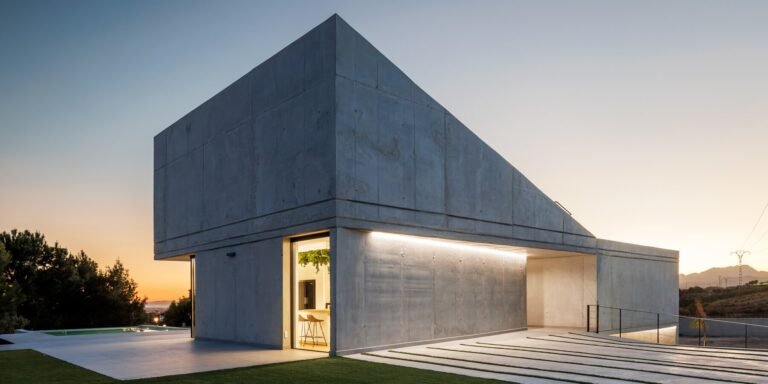Does Neuroaesthetics Have Design Down to a Science?
Reddy has applied this principle to private residences, shops, workplaces, and a prototype hospital room that encourages healing. Currently in the works are facilities for nonprofit inclusive justice organization Young Women’s Freedom Center and the first immersive rest space for health care workers at Johns Hopkins. Architectural designer peers Erin Cuevas and Jana Masset Collatz of Los Angeles–based studio Curious Minds LA are using neuroaesthetics to design studios and stages for artists, dancers, and performers of all kinds—venues intended to encourage “curiosity and effortless attention,” as Masset Collatz describes the results. California designer and ANFA board member Dr. Eve Edelstein cofounded Clinicians for Design, an international organization that collaborates with health care institutions, their stakeholders, and their end users to improve the design of hospitals and health care settings.
All note that they have seen a shift in architectural interest and discourse toward the science-based principles they follow. Cuevas noticed this swell during the pandemic as designers opened up to a “heightened recognition of mental health and social interaction.” Demand prompted Edelstein to begin helping larger architecture firms set up laboratories in their studios that allow them to “translate research and original studies into built solutions that serve the human experience of design,” she explains.
For these newcomers to the nuances of neuroaesthetics, the first step is defining “good” design, by context and end user. While the concept of beauty may seem subjective, research has shown that there are some general design elements that induce positive feelings in an interior space—light, airflow, and luxe materials among them. “Curved spaces are also evolutionarily very important to us, and there’s a lot of information around the neurobiology of enriched versus austere environments,” Magsamen adds. “But the one thing that is universally true is that we don’t all see things in the same way.” Biological, cultural, and experiential factors—what Penn Center for Neuroaesthetics director Anjan Chatterjee, Penn Center researcher Alex Coburn, and University of Toronto professor Oshin Vartanian call the “aesthetic triad”—weigh into individual aesthetic tastes, affecting whether the brain and body have positive or negative reactions to built environments. Though a client may not come to Reddy asking specifically for a project that is scientifically better designed, conversations allow her to learn more about individual needs and stylistic preferences to create one.
“It’s a total reorienting of the design compass towards what it needs to be doing for you rather than just being something to look at,” she explains of the neuroaesthetics approach to architecture. “So, if you’re talking about defining beauty within that context, it becomes something actually not as subjective as we tend to think.”


